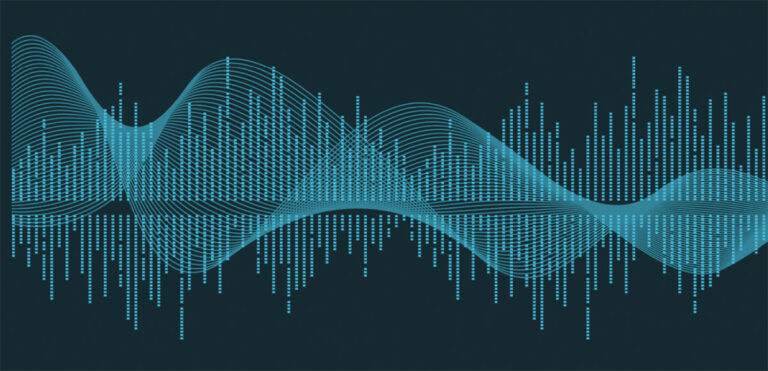By Colleen Fahey
In these days of depression, stress and loneliness, you don’t have to look very far to realize that your customers are in need of TLC.
A good place for a brand to start to help people cope is with what Dr. Rachel Lawes, Fellow of the Market Research Society, describes as “creative human interventions that supply evidence that someone cared enough to improve their experience.”
For these, she coined the phrase “Signs of Care.”
Signs of care can lend a premium feeling to your product, service or establishment. Signs of exquisite care can even elevate a product to a luxury. But signs of care don’t always have to be expensive, Dr. Lawes uses the example of an archway of balloons for people to walk under as they enter a store – with the aim of creating feelings of happy anticipation.
Your brand’s music brings the opportunity to add little touches of care to the customer and employee experience. Here are some examples:
- Support the storytelling
- Improve the on-hold experience
- Honor your employees
- Enhance the product itself
Support the storytelling:
As in movies, TV commercials and social videos tell stories. Unlike movies, though, music decisions often get left till the last minute and end up being a stock or licensed track that plays in the background and doesn’t help tell the story. But our research tells us branded music that’s composed to support the narrative will help people understand the content better and will guide their emotions, as well as provide subtle brand associations.
Improve the on-hold experience:
On-hold music frequently plays in painfully short, repetitive loops, but it doesn’t have to. It can be a thoughtful composition based on your sonic identity with lots of variation to hold your caller’s interest. And it can be designed to be sensitive to callers’ moods.
USAA uses their on-hold music to show they care about two distinct groups of customers: people calling in to discuss insurance and those calling in to report a death in the family. One track is cheerful and upbeat, while the other is sensitive and soothing.
Honor your employees:
Happy employees give measurably better service than disengaged or surly ones. And yet, companies may spend money for music in commercials and use cheap needle-drop music in employee videos. Since employees are the “walking brand,” shouldn’t they be the first in line for tailored brand music?
Enhance the product experience itself:
Growing numbers of products and devices communicate through micro sounds. These don’t have to be tinny, high-pitched beeps and cheeps. The audio corporation, Shure, set out to create a line of high-end bluetooth enabled, noise-canceling headphones and earbuds, because the company didn’t want to cheapen the experience with the standard signals provided by chip makers. They wanted to elevate it.
Shure initiated a process with Sixième Son in which they examined the competition, launched a brand-focused sound design initiative and, finally, winnowed nine different concepts down to one that helped illustrate the exceptionally low-to-high range of tones that could be heard through their devices. This sound reflects the vibration of the strings, vocal cords and microphone membranes. It’s not musical, but is meaningful nonetheless.
Signs of care can be sounds of care. Another way of telling our employees and customers, “You matter to us.”
Quote Source: Rachel Lawes Using Semiotics in Retail, published by Kogan Page 2022
Photo by Alphacolor on Unsplash




